Hello friends, in this article, we will talk about what Xcode Cloud is and how to use it. After we develop our projects, we update them regularly in the stores. Because this is necessary for new features to the project or to fix bugs found. In addition, we need to send the project to our friends who work as testers inside for testing. It makes much more sense to use CI/CD tools instead of wasting time by archiving it on our own machine each time. In addition, our machine may not be stable or a package may need to be released immediately in response to a problem that develops instantly. It is of great importance to use these tools to avoid these situations.
With Xcode Cloud, you can easily build and deploy via Testflight. For this, the owner of your Apple Developer Account must first open Xcode Cloud. Free to build 25 hours until December 2023. More details about Xcode Cloud and more information about fees can be found here.
After opening our project, we need to open the reports section on the far left in the Navigator tab via Xcode. Here you can see the details of the Builds received locally and on the cloud. Then we need to create a workflow on the Cloud.
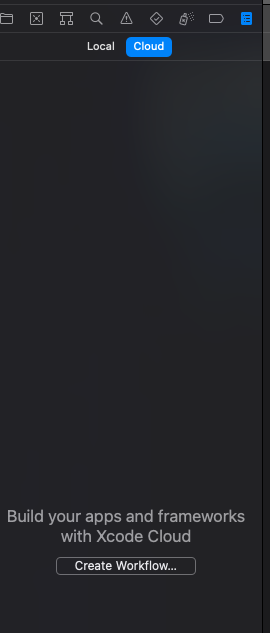
The first step when creating a Workflow is to choose a product. I had a project that I created for testing purposes. I will build it as an example.

Then we need to configure the Workflow we created. There are steps such as when the build should start, in which Xcode version it should build, for which environments it should be archived, what to do after archiving. You can edit this section.

In the next step, we need to share the source code so that we can build our Xcode Cloud project. You can easily access it with a single button.
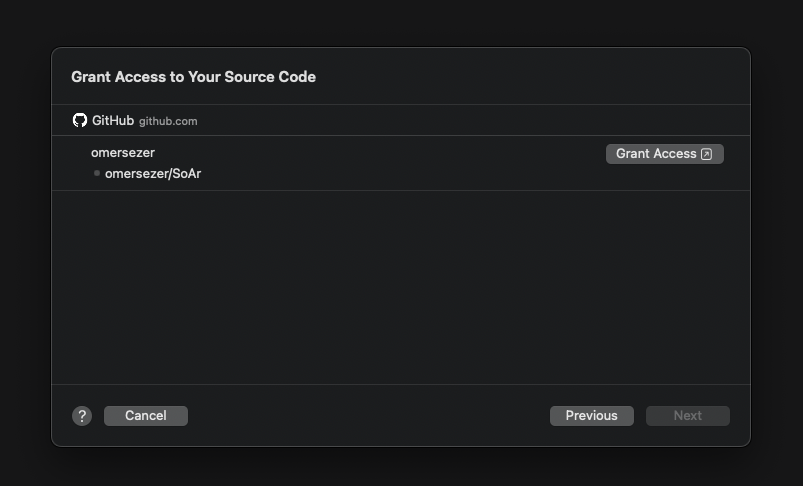
Then our processes are finished and we can start build.
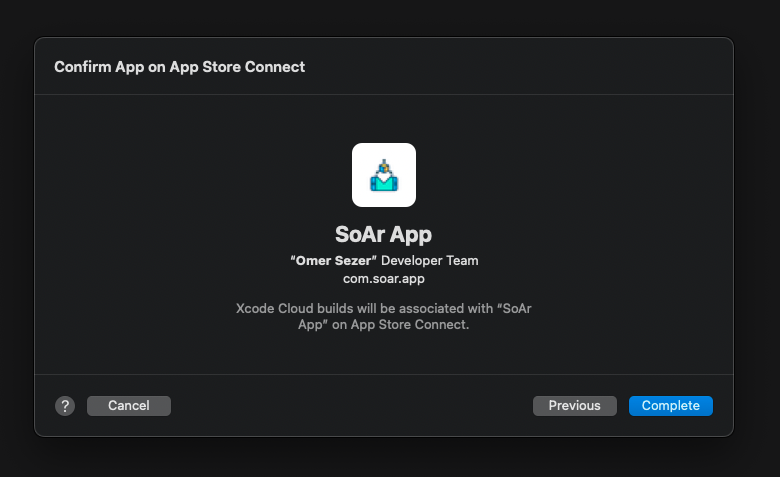
When we try to start the build process, it asks which Branch to build. We can select this and start the build process.
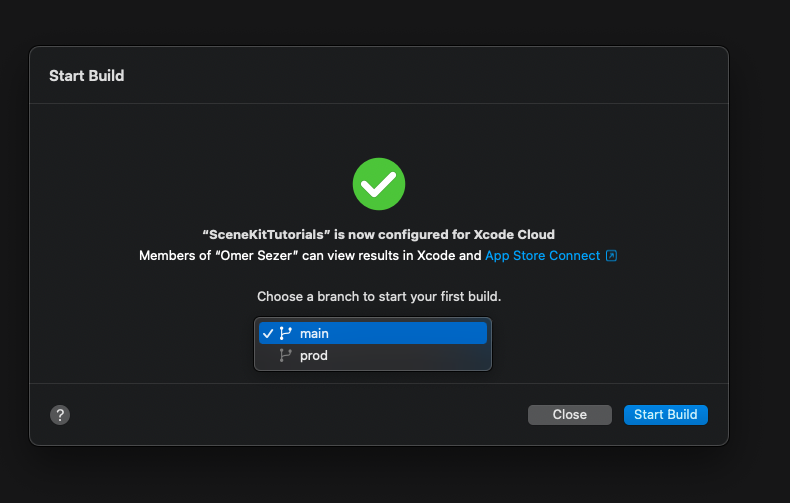
After the build process is finished, you can see the logs.
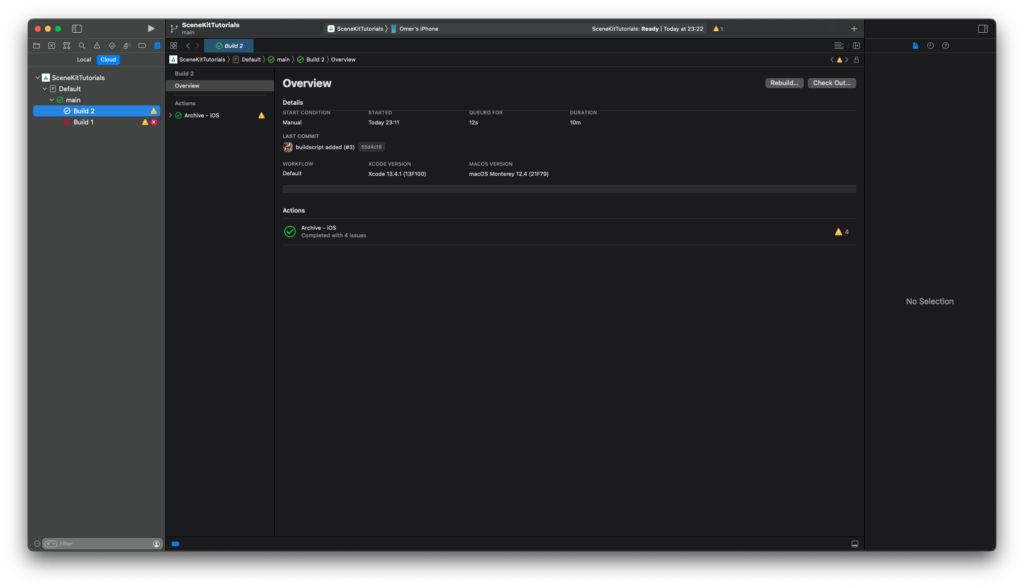
Then you can edit Workflow and run it as you want.
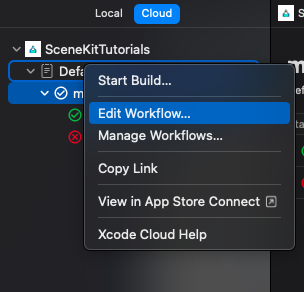
You can find more articles about Swift and Xcode here. If you have questions, you can reach us by sending an e-mail or comment. Good work.
Leave a Reply